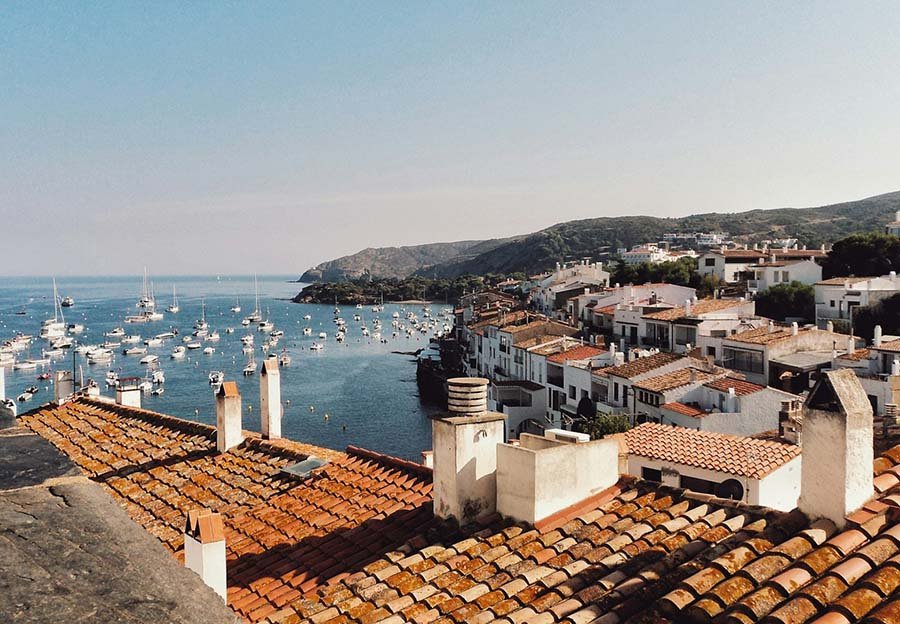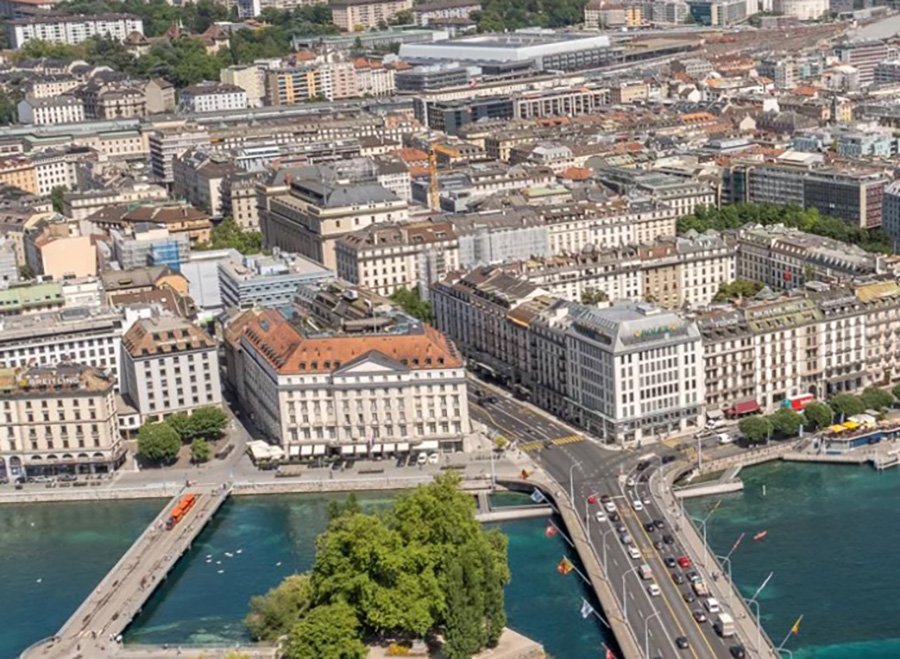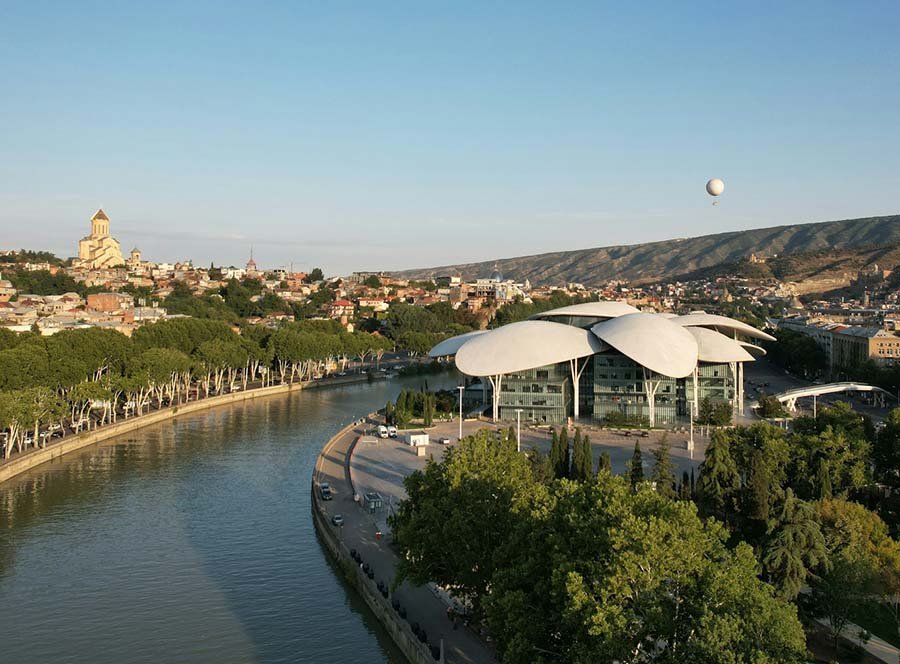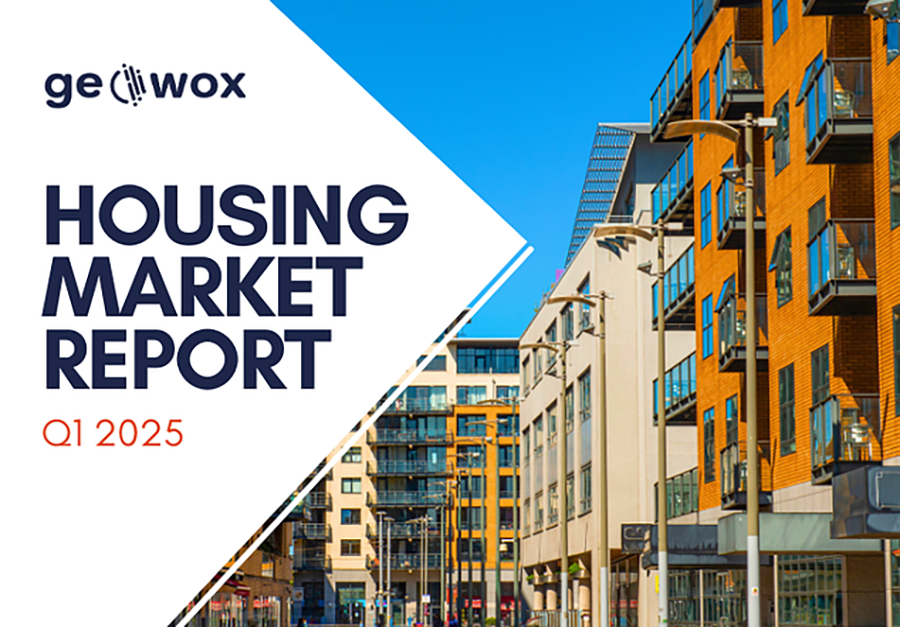читайте также
 Dubai Real Estate Outlook: Moody’s Warns of Price Correction from 2026
Dubai Real Estate Outlook: Moody’s Warns of Price Correction from 2026
 Tourism in Indonesia 2025: Trends and Risks
Tourism in Indonesia 2025: Trends and Risks
 Investor’s Notes: Spain – Where Renting is Harder and Risks Are Higher
Investor’s Notes: Spain – Where Renting is Harder and Risks Are Higher
 Geneva: Office Shortages and New Challenges for the Hotel Market
Geneva: Office Shortages and New Challenges for the Hotel Market
 Poland to Fully Close Border with Belarus
Poland to Fully Close Border with Belarus
 New Georgian Residence Permit for IT Specialists: Categories and Requirements
New Georgian Residence Permit for IT Specialists: Categories and Requirements
Ireland’s Property Market in Q1 2025: Prices Climb Amid Falling Sales

At the beginning of 2025, housing prices in Ireland continued to rise, while the overall number of transactions declined. According to a Geowox report, the median price in Q1 reached €360,000, up 9.8% compared to the same period in 2024. Meanwhile, sales fell by 4.5% to 10,798 deals.
County Dublin remains the most expensive region, with a median price of €490,000, 57% higher than the national average (€311,000). Wicklow follows at €448,000. The priciest district is D14 (€750,000), while Longford remains the most affordable at €159,000.
Among major cities, Dublin tops the list (€552,000), followed by Naas (€444,000) and Galway (€420,000). In contrast, housing in Longford averages just €138,000.
Geowox notes that rural property prices rose by 9%, while urban prices grew by 10.2%, narrowing the gap between the two segments. Rural homes are now, on average, only 2% cheaper than urban ones, underscoring strong nationwide demand.
Across property types, growth has been fairly consistent. Apartment prices climbed 10.1% to €315,000, while house prices rose 9.4% to €372,000. However, sales volumes fell by 10.3% year-on-year.
Interest in energy-efficient housing has surged, with transactions for A and B-rated properties up 15.7%. Such properties command a 30.8% price premium (€105,000 higher on average) over lower-rated homes.
The median price for new homes increased 3.7% year-on-year to €425,000. New builds are now 26.9% more expensive than existing homes. The most expensive new homes in Q1 were found in Kerry, Dublin, Kildare, and Wicklow. Specifically, new home prices reached €540,000 in Dublin, €470,000 in Wicklow, €421,000 in Kildare, and €405,000 in Kerry. In contrast, new housing in County Monaghan averages €319,000.
Market analysis indicates a shrinking budget segment: just 940 transactions were recorded for properties under €150,000 in Q1, highlighting the impact of inflation on construction and energy costs.
Regionally, Dublin leads the market with 3,543 sales, followed by Cork (1,262) and Kildare (557). Together, these three counties account for over 50% of all transactions nationwide.
Despite declining overall sales, the market remains active in the energy-efficient and new-build segments. The main constraints are limited housing supply, particularly in central regions, and rising prices, which reduce affordability for many buyers.
Amid the supply shortage, attention has turned to the construction sector. Reuters reports that Ireland’s major banks, including Bank of Ireland and AIB, allocated €2.5 billion for new residential projects. However, by April 2025, only around €1.2 billion had been deployed, hindered by land shortages, lengthy approval processes, and regulatory challenges. Financial institutions note that institutional barriers—not a lack of capital—remain the main obstacle to new development.
The Central Bank of Ireland warns that housing completions remain consistently below required levels. In 2024, around 30,000 new units were built, well short of the 50,000 annual target. Projections from EY Euroconstruct indicate that about 38,000 units will be delivered in 2025, rising to around 40,000 in 2026, and a maximum of 42,000 in 2027—still below what is needed.
Bank of Ireland forecasts a 5% rise in house prices this year and an 11.9% increase in construction investment. GDP is expected to grow by 3.5% in 2025 and 3.7% in 2026. However, inflationary pressures, high borrowing costs, and geopolitical uncertainty could restrain demand.
The European Commission predicts Ireland’s GDP will rise by 3.4% in 2025 and 2.5% in 2026, with inflation expected to slow to around 1.4-1.6% this year. Steady domestic consumption and high employment levels are also anticipated.
In summary, the Irish property market remains resilient in the short term despite weaker demand in some segments. The biggest constraint on growth is not income levels but the shortage of new supply. The construction sector continues to face regulatory hurdles, hindering housing delivery even amid strong demand and available capital. Moderate price growth is expected in 2025-2026, while competition for quality properties—particularly in Dublin and its suburbs—will remain a defining feature of the market.





